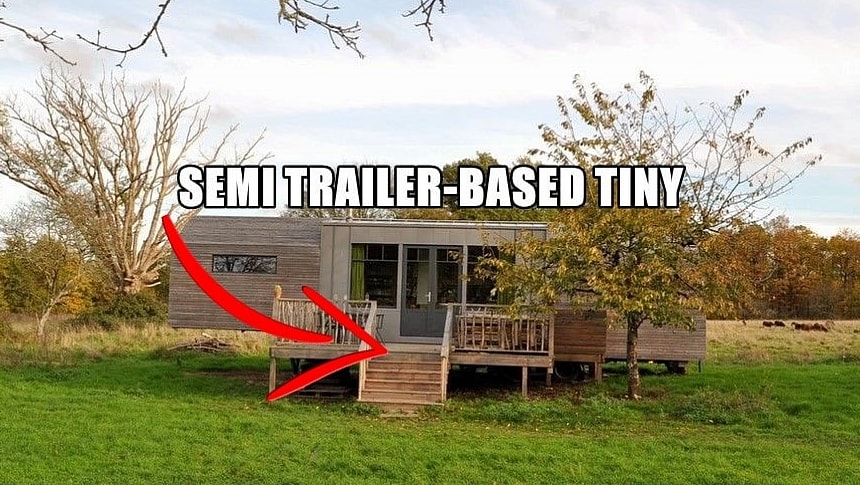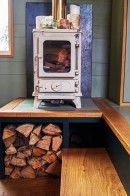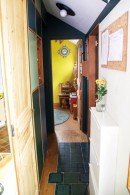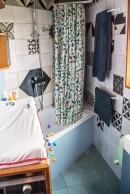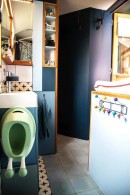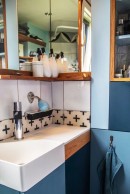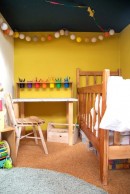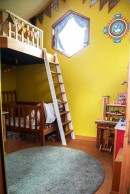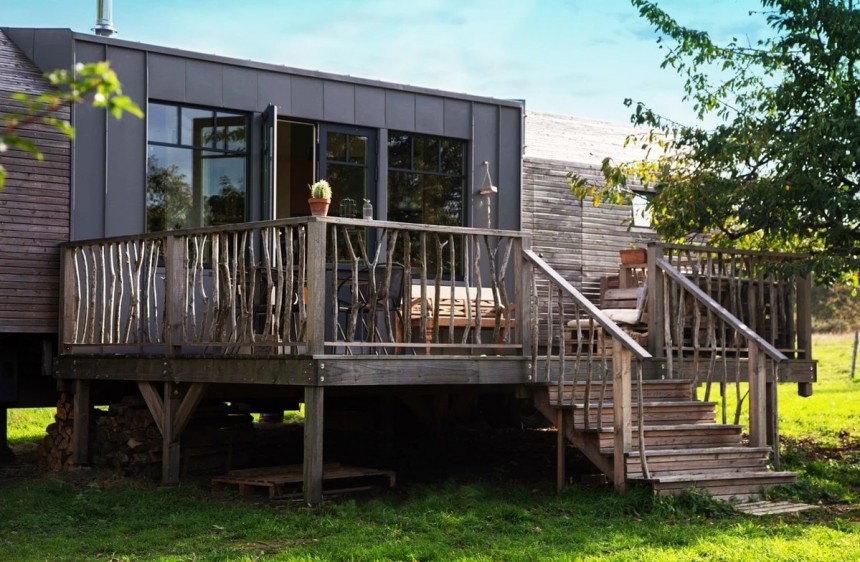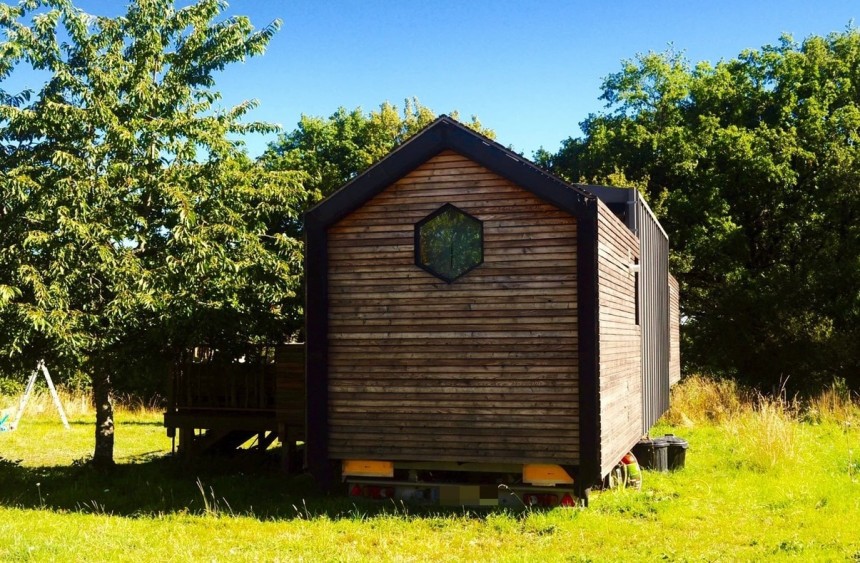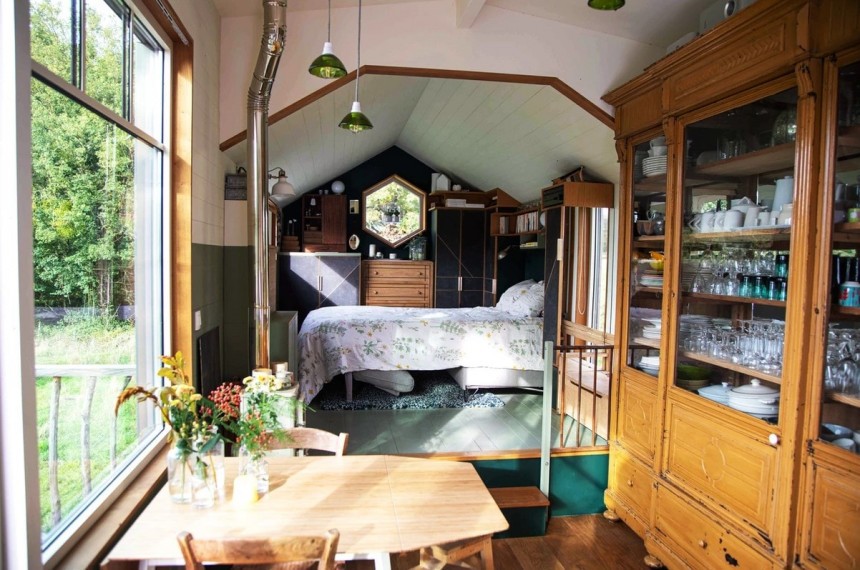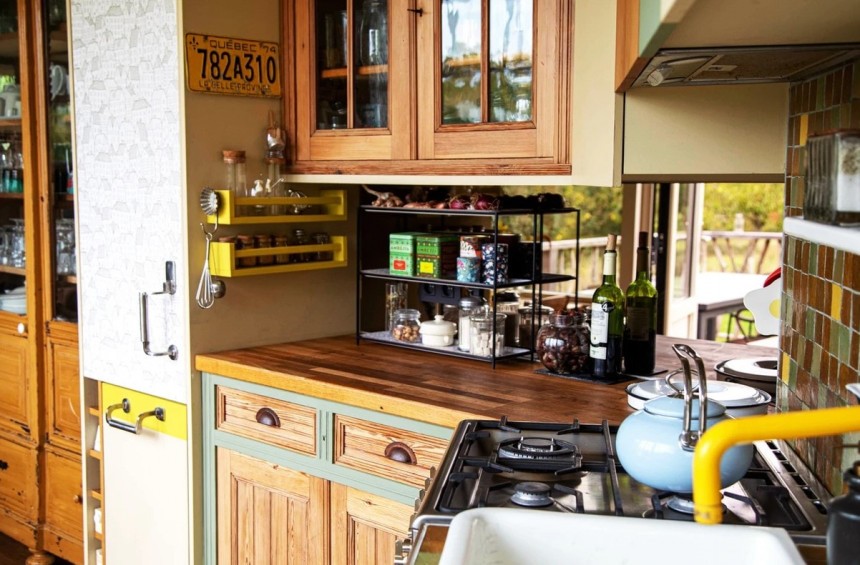One of the biggest misconceptions with tiny houses, besides their relative affordability, is that they're not family-friendly. A tiny house may work wonderfully for a couple of adventurers or travelers, or even, in some cases, for a family with older kids, but they seem to have limited applicability for families with one, two or several toddlers and small children.
That's obviously not the case. Like with everything else in life, a little customization goes a long way in terms of ensuring you get the thing that you need, just the way you need it. A custom tiny house becomes thus adapted to your particular lifestyle and needs – and most importantly, to your budget.
While tiny houses have been around for a very long time, they've only been working their way to mainstream over the past three decades, give or take a couple of years. Today, they seem to have reached a peak in popularity, but interest in them is yet to start dwindling.
Tiny living is a lifestyle choice, and that's probably the only introduction that should precede the presentation of any tiny house. As such, it implies plenty of compromising and a very specific mentality or approach to life. You can't transition to a tiny house – or downsize, as it's called – and expect to get comparable creature comforts, amenities, or degree of comfort as in the brick-and-mortar home you lived in before.
This is one of the reasons for the misconception that tiny houses aren't family- or kid-friendly. La Viva Tiny House aims to shatter that misconception while adding personality, sustainability, and homey charm into the mix.
La Viva Tiny House is a DIY (do it yourself) build, but not of the "oh, we just watched a couple of YouTube tutorials" kind. Alice and Noe, the builders, are both cabinetmakers and carpenters, so when they set out to build themselves the perfect family home in 2017, they were ready and well-equipped for the challenge.
In preparation for a larger family, they settled on a dual-axle semi trailer, which, they say, hadn't been done before in their home country, France. With a length of 13 meters (42.6 feet), the home is 3 meters (9.8 feet) wide and 4.4 meters (14.4 feet) high, which makes it a park model but also offers a generous footprint to create a home for four, including two small children.
The total footprint is 38 square meters (409 square feet), all on the ground floor, so there's no loft for sleeping. All rooms have standing height and are spacious and airy, including the children's bedroom, which features bunk beds and a dedicated play area.
By choosing not to do a lofted layout, the two compromised by ditching the privacy of a main bedroom. Put differently, their bedroom, which is slightly elevated from the rest of the home on purpose to create a clear delimitation between spaces, is only their bedroom at night. During the day, the bed retracts into a comfortable couch, and the space becomes the main communal space – the living room, if you will.
La Viva also features a spacious and well-equipped kitchen and a large bathroom with everything from a bathtub to a laundry station. These two are items that are standard fare in traditional housing solutions, but they're rarities in a tiny home. The only exceptions are oversize units or park models similar to this one, and they stretch the concept of tiny living by turning the units into mini-mansions on wheels.
What makes La Viva stand out is its particular styling, which could be described as rustic chic at best and eclectic at worst. The styling betrays the focus on sustainability because every item inside the house, starting with the trailer itself, is either upcycled or salvaged. What's not old is 100% bio-sourced materials.
Alice and Noe wanted to integrate old furniture and finishes into their new build, both to help with cutting down waste and to cut down expenses. The trailer, the parquet, the tiles, the furniture, the sink in the bathroom, and the faucets are all old and upcycled for this project.
The project lasted 10 months from start to finish, allowing the couple to move into their turnkey unit in 2018. La Viva has since remained parked in the Marcilly-sur-Maulne commune, making headlines in the local media with some regularity.
Even given the focus on sustainability and upcycling, don't make the mistake to assume that the La Viva Tiny House was cheap. This brings us back to the same-old issue of the affordability of tiny houses, which remains relative to pricing for traditional housing in your country or living area.
For instance, Alice and Noe would say that their home on wheels is affordable, even though materials alone cost them €45,000 (approximately $48,300 at the current exchange rate). But that's because they couldn't afford a proper home and, most importantly, because they did the work themselves.
They're now in the tiny house industry, and a home like their own would set you back €125,000, including tax. That's approximately $135,000, which undeniably makes it a premium product.
Dust up your French for this early look at La Viva.
While tiny houses have been around for a very long time, they've only been working their way to mainstream over the past three decades, give or take a couple of years. Today, they seem to have reached a peak in popularity, but interest in them is yet to start dwindling.
Tiny living is a lifestyle choice, and that's probably the only introduction that should precede the presentation of any tiny house. As such, it implies plenty of compromising and a very specific mentality or approach to life. You can't transition to a tiny house – or downsize, as it's called – and expect to get comparable creature comforts, amenities, or degree of comfort as in the brick-and-mortar home you lived in before.
La Viva Tiny House is a DIY (do it yourself) build, but not of the "oh, we just watched a couple of YouTube tutorials" kind. Alice and Noe, the builders, are both cabinetmakers and carpenters, so when they set out to build themselves the perfect family home in 2017, they were ready and well-equipped for the challenge.
In preparation for a larger family, they settled on a dual-axle semi trailer, which, they say, hadn't been done before in their home country, France. With a length of 13 meters (42.6 feet), the home is 3 meters (9.8 feet) wide and 4.4 meters (14.4 feet) high, which makes it a park model but also offers a generous footprint to create a home for four, including two small children.
By choosing not to do a lofted layout, the two compromised by ditching the privacy of a main bedroom. Put differently, their bedroom, which is slightly elevated from the rest of the home on purpose to create a clear delimitation between spaces, is only their bedroom at night. During the day, the bed retracts into a comfortable couch, and the space becomes the main communal space – the living room, if you will.
La Viva also features a spacious and well-equipped kitchen and a large bathroom with everything from a bathtub to a laundry station. These two are items that are standard fare in traditional housing solutions, but they're rarities in a tiny home. The only exceptions are oversize units or park models similar to this one, and they stretch the concept of tiny living by turning the units into mini-mansions on wheels.
Alice and Noe wanted to integrate old furniture and finishes into their new build, both to help with cutting down waste and to cut down expenses. The trailer, the parquet, the tiles, the furniture, the sink in the bathroom, and the faucets are all old and upcycled for this project.
The project lasted 10 months from start to finish, allowing the couple to move into their turnkey unit in 2018. La Viva has since remained parked in the Marcilly-sur-Maulne commune, making headlines in the local media with some regularity.
For instance, Alice and Noe would say that their home on wheels is affordable, even though materials alone cost them €45,000 (approximately $48,300 at the current exchange rate). But that's because they couldn't afford a proper home and, most importantly, because they did the work themselves.
They're now in the tiny house industry, and a home like their own would set you back €125,000, including tax. That's approximately $135,000, which undeniably makes it a premium product.
Dust up your French for this early look at La Viva.
